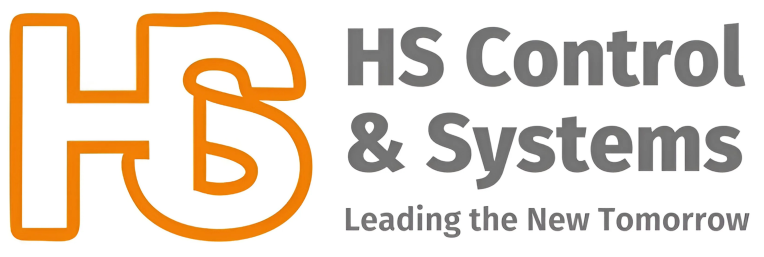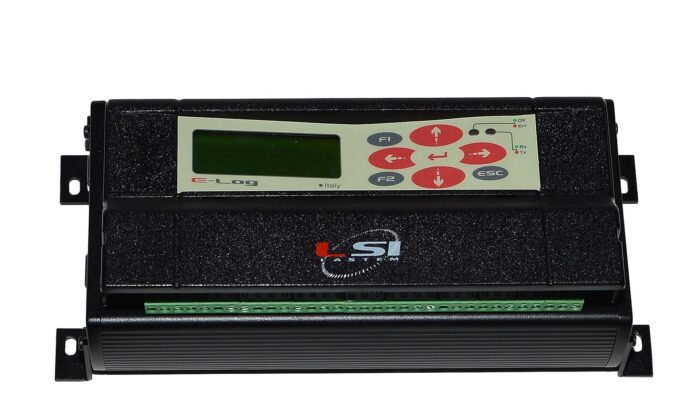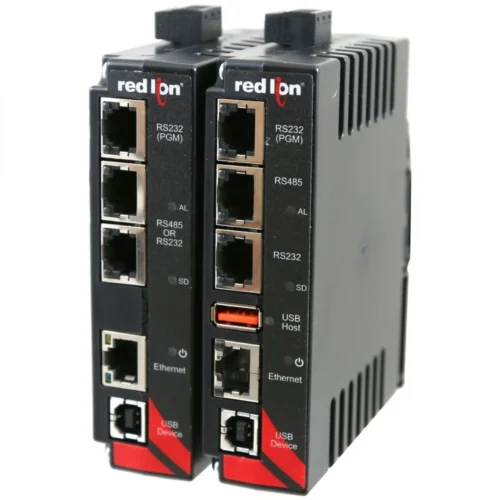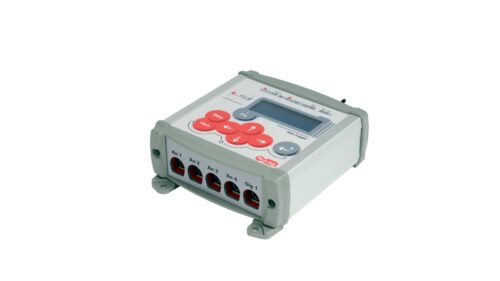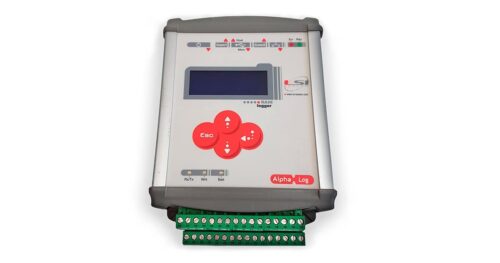Description
E-Log
Highlights
-
Features 8 or 16 analog inputs, alongside 4 digital inputs;
-
Input expandability via MASTER/SLAVE configurations;
-
Boasts extremely low power consumption;
-
Supports up to 99 measurements across sensor acquisition and derived quantities;
-
Includes an internal library for computing derived quantities and performing mathematical calculations;
-
Equipped with 8MB Flash Memory;
-
Supports Modbus-RTU Master/Slave and TTY protocols;
-
Enables data push in ASCII format using FTP protocols;
-
A model with Zig-Bee 2.4 GHz Radio for wireless sensor reception and from other modules (ELO3515) is available;
-
Offers data push in ASCII format via FTP protocols;
-
Provides two RS232 ports (ELO3305);
-
Features one RS232 port and one RS485 port (ELO3305.1);
-
Includes digital outputs for implementing external devices with programmable logic or event triggers;
-
Acquisition rate adjustable from 1 second to 12 hours;
-
Elaboration rate configurable from 1 second to 12 hours;
-
PC connectivity via RS232 (USB/Ethernet/GPRS Modem with external accessories);
-
Equipped with a display and keyboard;
-
Model codes: ELO3305,
Other Highlights
Inputs for analog and digital sensors
-
Free terminal inputs are provided.
-
Features 8 analog differential inputs (16 single-ended).
-
Includes 4 digital inputs (Pulse/Frequency). To expand the input capacity, two E-Log units can be linked together in a Master & Slave setup using an RS232 (ELO3305 and ELO3515) or RS485 (ELO3305.1) connection.
Inputs for Serial sensors
The E-Log COM-2 port offers connectivity for sensors using various protocols:
-
Modbus-RTU on RS232 or RS485 (with external adapter DEA504 for model ELO3305, or directly for model ELO3305.1);
-
GILL (Gill format, polar, continuous);
-
BIRAL (SWS050 – SWS100, SWS200 –SWS250);
-
LUFFT (UMB binary);
-
BOSCHUNG. E-Log can also connect via RS232 to the EXP301 radio receiver to receive signals from LSI LASTEM radio sensors (EXP line).
Sensors acquisition rate
The acquisition rate is individually programmable for each input, ranging from 1 second to 12 hours. E-Log processes data from 12 analog sensors and 8 derived quantities in 1 second. To minimize energy consumption from sensors requiring power supply, an advanced power supply setting can be configured from the acquisition event (warm-up), which then deactivates immediately after the acquisition completes.
Statistical elaboration time base
Raw measured values can be directly stored as instantaneous readings, or as statistical processing (from 1 second to 12 hours):
-
Average/Minimum/Maximum/Standard Deviation;
-
Wind elaborations;
-
Totals.
Derived and calculated quantities
An internal library of formulas for various environmental quantities is provided. These calculations leverage acquired quantities, user-defined constant values, and other calculated quantities. The library also incorporates mathematical functions. E-Log supports up to 99 channels, encompassing acquired, derived, and calculated quantities.
Data memory
The internal 8 MB memory typically holds data for several weeks. The registration structure operates in a circular fashion. Storage autonomy depends on the number of connected sensors and the configured processing rate.
Data communication (devices)
Data transfer to a PC is possible via:
-
RS232, USB (with adapter included);
-
RS485 with external adapter (DEA504 / 504.1) for model ELO3305, or directly with ELO3305.1;
-
GPRS Modem (DEA718.3);
-
Radio (DEC015.1);
-
Ethernet (DEA553);
Data communication protocols
Via GPRS modem, data are sent (push mode) to the IP address of a remote PC/Server in ASCII format using FTP protocol. Alternatively, via GPRS or Ethernet, E-Log utilizes a proprietary binary protocol to transmit data using the LSI LASTEM communication programs: 3DOM, CommNET.
Data communication protocols (Modbus)
In E-Log models, data can be sent to Modbus Master devices via:
-
Modbus RTU: on RS232 or RS485;
-
Modbus Encapsulated TCP on Ethernet (using DEA553 adapter);
-
Modbus TCP over Ethernet (using DEA509 adapter); Data transmitted with the Modbus protocol can include instantaneous values, as well as mobile statistical values*. *Mobile data refers to values whose statistical basis corresponds to the last observation period. For example: mobile temperature average over 10 minutes (every minute the value is updated, always considering the average value of the last 10 minutes).
Communication time rate
When data is sent via GPRS modem (push mode) to the IP address of a remote PC or server, a sending rate can be set from 3 minutes to 24 hours.
Switched power supply outputs
Seven independent electrical outputs are available to power external sensors and devices, which can be activated with configurable logic based on acquired data. These outputs transform into relay outputs with a special external module (MG3023).
Built-in Temperature sensor
Includes a built-in Temperature sensor (with an accuracy of ).
Firmware update
E-Log features a function (Boot loader) that allows a firmware update to be sent via RS232 from a PC directly connected via RS232 or USB.
Peripherals
E-Log is equipped with the following peripherals:
-
Two RS232 DCE ports;
-
One RS485 port (ELO3305.1).
Data Logger configuration
Configuration is performed using the 3DOM program on a PC. The configuration file is sent to the instrument via RS232, USB, RS485, or Ethernet using external optional devices.
Display
E-Log is fitted with a back-lit LCD display (4×20 characters). The following information is displayed:
-
Real-time measurement list;
-
Diagnostics.
Clock synchronization
The internal clock (accuracy 30 seconds/month) is updated through the 3DOM configuration program, or via the CommNET data communication program which updates the clock at each connection.
Power supply
E-Log operates at 10-14 Vdc. The batteries are external and are housed in the available ELF boxes (see Accessories).
Power consumption and battery duration
E-Log has very low power consumption (standby <4 mW), consuming 140 mW during measurements. Without powering external sensors or communication devices, using a 15 Ah battery, it offers several months of power autonomy.
Installation
E-Log can be placed inside an IP66 enclosure (ELF series). LSI LASTEM provides a selection of ELF enclosures (see Accessories) offering protection against shock, water, dust, and atmospheric agents. Depending on the ELF models, the enclosure can also accommodate power systems, communication devices, and batteries. For occasional use, E-Log can be housed in a customizable IP65 case.r
Derivative Quantities
Our data loggers include an internal library of formulas for calculating various environmental quantities. These quantities are derived from measured parameters, values entered by the operator, and other calculated quantities.
-
Absolute Humidity (VDI3786 Part 4);
-
Air changes (1997 Ashrae Fundamentals Handbook);
-
Air Flow (1997 Ashrae Fundamentals Handbook);
-
Air Speed (using Pitot and Darcy Tubes);
-
Absolute Pressure (sea level);
-
Dew Point (ISO7726);
-
Heat Index;
-
Evaporation;
-
Mean Radiant Temperature;
-
Radiant Temperature Asymmetry (ISO7726);
-
Operative Temperature (ISO7726);
-
Plane Radiant Temperature 1 & 2 (ISO7726);
-
Partial Vapor Pressure;
-
Psychrometric Humidity (ISO7726);
-
Specific Humidity (VDI3786 Part 4);
-
Sunshine Duration;
-
TCH – Chill temperature (ISO TR11079);
-
Wet Bulb Temperature (ISO7726);
-
UV Exposition;
-
UV index;
-
Wind chill index (ISO TR11079);
-
WBGT Index IN+OUT Formulas (ISO7243) – ELO008, ELO009;
-
% dissatisfied by Floor (ISO7730);
-
% dissatisfied by Vertical Temperature (ISO7730) – ELO009;
-
% dissatisfied by Radiant Asymmetry (ISO7730) – ELO009;
-
% dissatisfied by Air Draw (ISO7730) – ELO009;
-
Daylight Factor (IESNA Lighting handbook);
-
Light Intensity.
